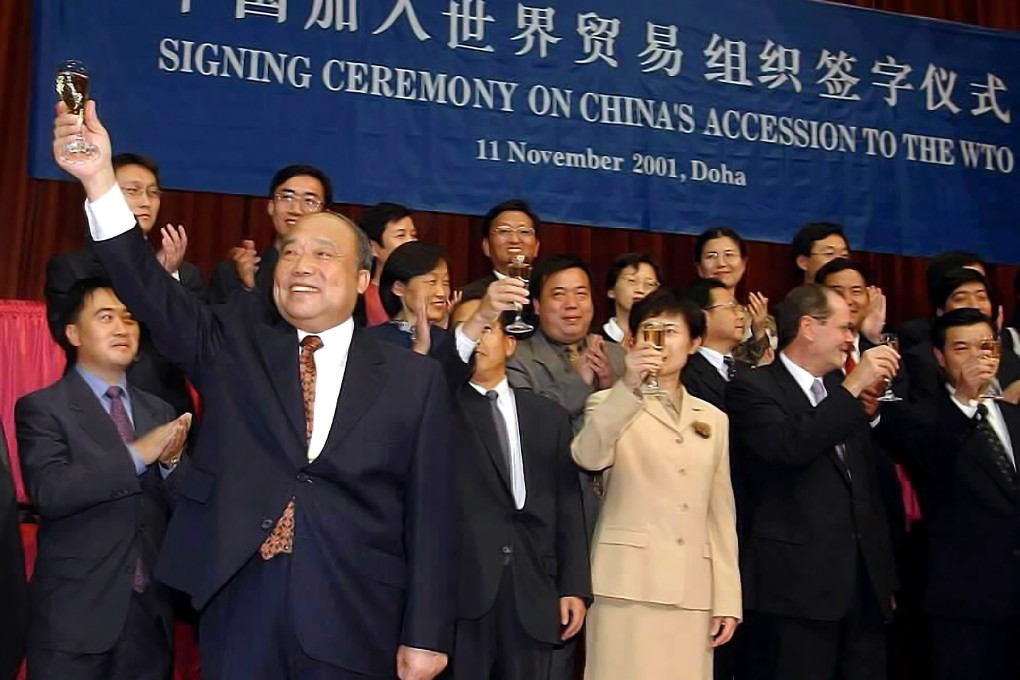The View | As WTO members squabble over China’s role, dangers lurk for global trade
- The growing perception gap over China’s contributions and damage to global trade and the WTO threatens to compromise the organisation’s future and make urgently needed reforms difficult

It also represents a departure from the global reception of Chinese accession to the WTO in the early years: a historic move welcomed by most members across political lines, economic status and geography.
China’s journey to WTO membership was long and arduous. It took 15 years of negotiation, resulting in a 900-page agreement, which was adopted by consensus by the then-142 members. This process involved significant Chinese efforts to unlock its considerably closed economy and highly controlled foreign trade.
Beijing had to modify more than 2,300 national laws and regulations to adapt to WTO commitments. As premier Zhu Rongji said when visiting Washington in 1999, with accession to the WTO, China would accelerate its domestic reforms and modernise the economy.
Not only China, but the entire membership hailed the successful conclusion of the negotiations. China would open up its economy and, in return, WTO members committed to apply to China the same treatment offered to products and services from other countries.
For the US, then-president Bill Clinton summarised this as an “one-way street” to greater economic liberalisation in China, and a potential catalyst for political convergence with the West.

